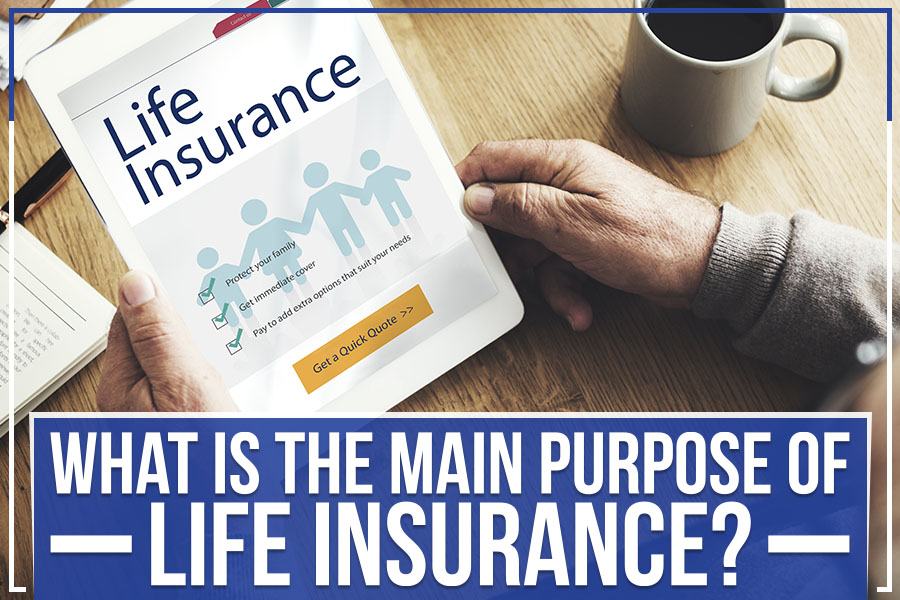What Does Pacific Prime Mean?
What Does Pacific Prime Mean?
Blog Article
The 45-Second Trick For Pacific Prime
Table of ContentsPacific Prime Things To Know Before You Get ThisThe 10-Minute Rule for Pacific PrimePacific Prime - The FactsThe Ultimate Guide To Pacific PrimeSome Known Facts About Pacific Prime.

This is due to the fact that the data were accumulated for a period of strong financial performance. Of the approximated 42 million individuals who were uninsured, just about about 420,000 (regarding 1 percent) were under 65 years old, the age at which most Americans end up being eligible for Medicare; 32 million were grownups in between ages 18 and 65, about 19 percent of all adults in this age team; and 10 million were children under 18 years of age, regarding 13.9 percent of all youngsters (Mills, 2000).
These estimates of the number of individuals without insurance are created from the annual March Supplement to the Present Populace Study (CPS), conducted by the Census Bureau. Unless otherwise kept in mind, nationwide price quotes of people without health insurance policy and proportions of the population with different type of insurance coverage are based upon the CPS, the most commonly used source of estimates of insurance policy protection and uninsurance rates.
Not known Factual Statements About Pacific Prime

Still, the CPS is specifically beneficial because it creates annual price quotes relatively promptly, reporting the previous year's insurance protection estimates each September, and due to the fact that it is the basis for a constant set of price quotes for even more than twenty years, permitting analysis of fads in insurance coverage over time. For these factors, in addition to the substantial use of the CPS in other research studies of insurance protection that are provided in this report, we depend on CPS quotes, with constraints noted.

The quote of the number of without insurance people broadens when a population's insurance standing is tracked for a number of years. Over a three-year duration beginning early in 1993, 72 million individuals, 29 percent of the U.S. https://www.tumblr.com/pacificpr1me/746587211067195392/we-are-an-award-winning-insurance-intermediary-of?source=share. populace, were without coverage for at least one month. Within a single year (1994 ), 53 million individuals experienced at the very least a month without insurance coverage (Bennefield, 1998a)
6 out of every ten without insurance adults are themselves employed. Although functioning does enhance the likelihood that and one's member of the family will have insurance coverage, it is not an assurance. Also members of family members with two permanent wage earners have virtually a one-in-ten possibility of being without insurance (9.1 percent uninsured price) (Hoffman and Pohl, 2000).
Fascination About Pacific Prime
New immigrants make up a substantial proportion of individuals without medical insurance. One analysis has associated a substantial portion of the recent development in the dimension of the united state uninsured population to immigrants that showed up in the country in between 1994 and 1998 (Camarota and Edwards, 2000). Recent immigrants (those who pertained to the USA within the past 4 years) do have a high price of being without insurance (46 percent), yet they and their children account for simply 6 percent of those without insurance coverage country wide (Holahan et al., 2001).
The partnership in between health and wellness insurance and accessibility to care is well established, as documented later in this phase. Although the relationship between health insurance coverage and wellness end results is neither direct neither simple, a comprehensive professional and health and wellness services study literary works links health and wellness insurance policy protection to improved accessibility to care, far better top quality, and enhanced individual and visit this web-site populace health and wellness condition.
Levels of evaluation for checking out the impacts of uninsurance. This discussion of medical insurance protection focuses largely on the united state populace under age 65 since essentially all Americans 65 and older have Medicare or other public protection. It focuses especially on those without any type of health and wellness insurance coverage for any size of time.
All about Pacific Prime
The problems faced by the underinsured are in some respects similar to those encountered by the uninsured, although they are typically less severe. group insurance plans. Uninsurance and underinsurance, nonetheless, involve distinctly various plan concerns, and the methods for addressing them might differ. Throughout this study and the 5 reports to comply with, the primary focus gets on individuals with no health and wellness insurance policy and therefore no support in paying for healthcare beyond what is available via charity and safety and security web institutions
Medical insurance is a powerful element affecting invoice of treatment due to the fact that both individuals and doctors react to the out-of-pocket rate of solutions - https://pacificpr1me.edublogs.org/2024/04/02/pacific-prime-your-one-stop-shop-for-insurance-solutions/. Wellness insurance policy, nonetheless, is neither needed neither enough to access to medical solutions. Nonetheless, the independent and direct effect of health insurance protection on accessibility to wellness solutions is well established.
Others will obtain the wellness care they require even without health insurance, by spending for it expense or seeking it from service providers that supply care free or at extremely subsidized rates. For still others, medical insurance alone does not guarantee invoice of care due to other nonfinancial obstacles, such as a lack of healthcare providers in their area, restricted accessibility to transport, illiteracy, or etymological and social distinctions.
Examine This Report about Pacific Prime
Formal research about without insurance populations in the United States dates to the late 1920s and early 1930s when the Committee on the Expense of Healthcare produced a series of reports about financing doctor workplace visits and hospitalizations. This problem ended up being significant as the numbers of medically indigent climbed during the Great Anxiety.
Report this page